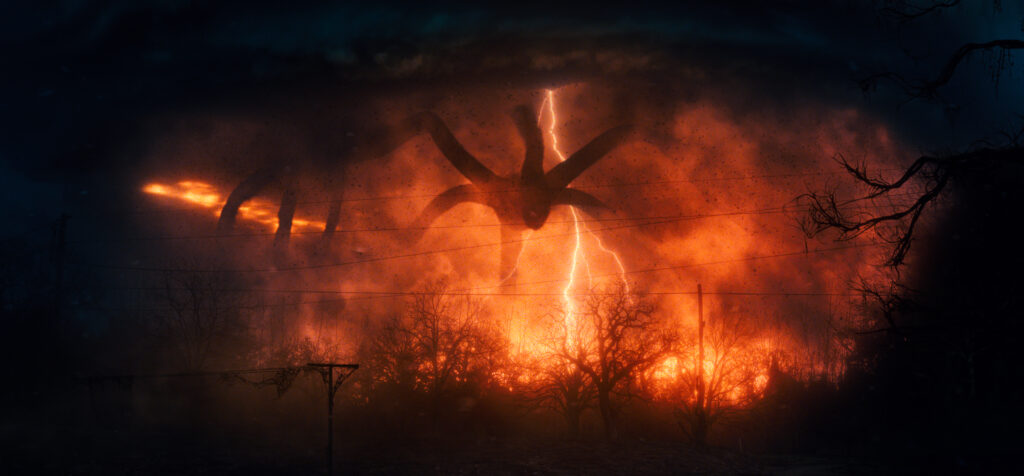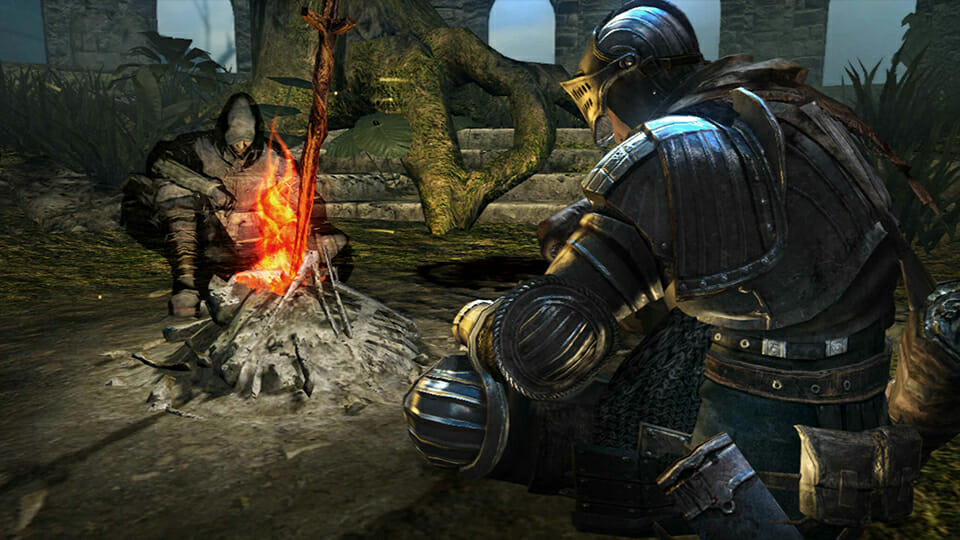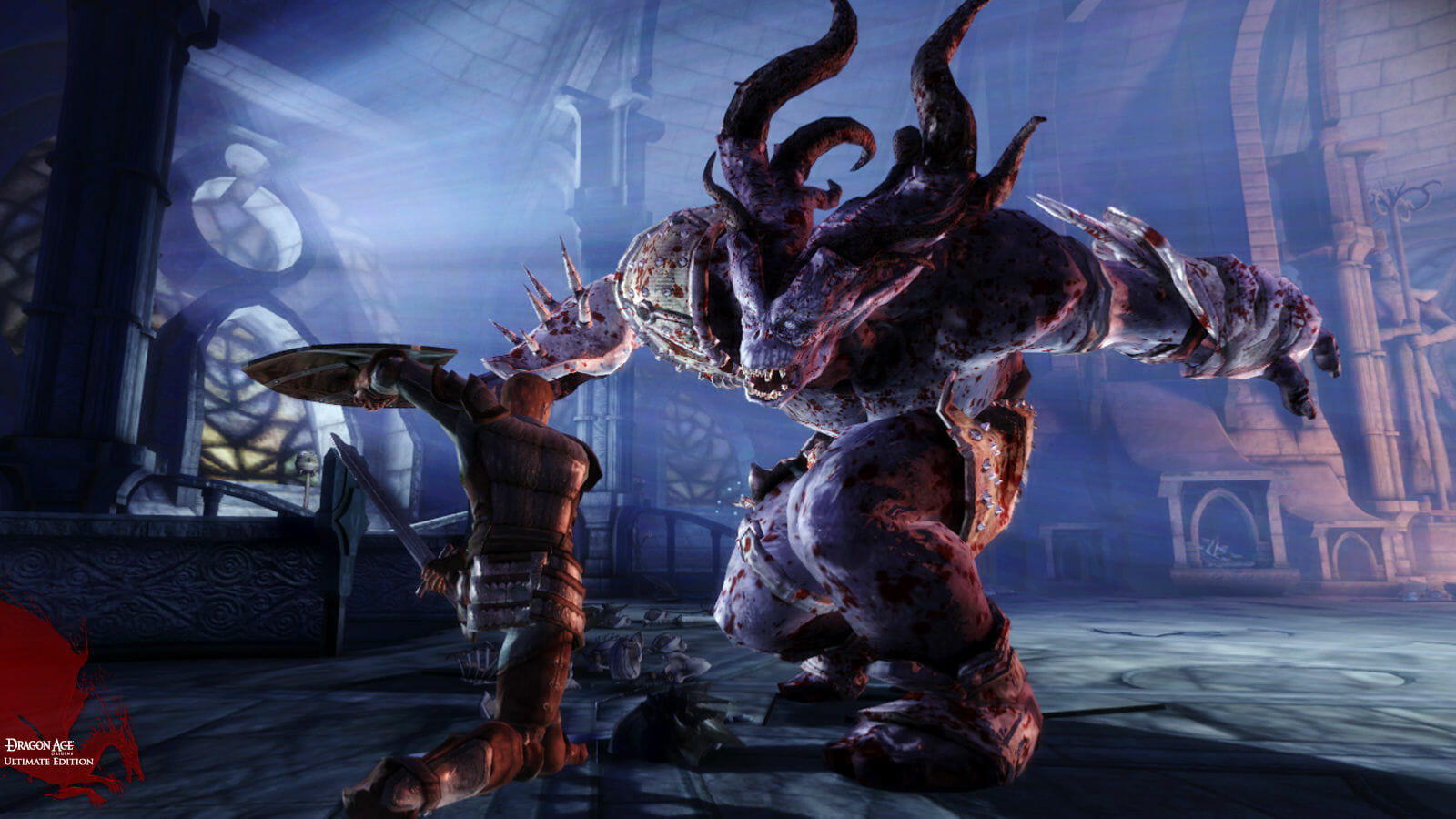
Baldur’s Gate 3 | The Revolution that Changed Role-playing Games Forever
Art Director
Lead Composer
It is a privilege that comes with a few titles: reshaping the medium and bringing true originality and innovation. Times have changed: either because the market is now flourishing and productive as never before, or because the audience, therefore, is increasingly demanding. But fortunately, there are still exceptions. Baldur’s Gate 3 is one of them.
Released this Summer, the third chapter of the Baldur’s Gate saga has been developed for the first time by the Belgian software house Larian Studios. In just 4 months, this game has broken every record, allowing it to conquer the Games Awards as Best Game of the Year. There was a memorable moment when the CEO of Larian Studios, Swen Vincke, accepted the award, wearing the game’s armor.
Numerous reasons make this RPG title so beloved by the audience. The gameplay, the story, the setting, the choices, and the characters. However, all this is merely the legacy of a bygone era in storytelling. Baldur’s Gate 3 is the pinnacle of the art of role-play gaming.
And when the term role-play comes up, there’s only one game that can come to mind: the legendary Dungeons and Dragons. However, to truly appreciate the power of this kind of storytelling, we must understand how narrative language has evolved.
A journey as old as humanity
It is well known that the power of stories is fundamental to human beings. In particular, a specific type of narrative, perhaps the oldest, has had a significant impact on society: fantasy fiction.
This is because the fantastic element offers fertile ground for exploring some fundamental concepts of human nature, reflecting on one’s existential condition through escapism in imaginary universes with their own rules, events, and unique characters. From myths and legends, through popular folklore and religions, to the popular culture that characterizes modern human society, fantasy imagery has always assumed the role of a mirror in which to reflect the complex personal experiences of individuals.
It was during the Middle Ages, that fantasy found new lifeblood in narrative literature: The Legend of King Arthur and The Orlando Furioso, to name but a few. With the advent of the modern era, this way of exploring society has finally entered the world of arts and entertainment. The last century was a striking example: different media have conveyed a plurality of fantastic universes, in entirely different forms.
From masterpieces of literary value, such as The Lord of the Rings, to successful movie franchises, like Star Wars. But there is another dimension in which fantasy imagery, more than ever, has taken hold and managed to express its maximum potential: the game-playing dimension.
Dungeons & Dragons: the origins of role-playing games
The 1960s and 1970s were years of significant social change, ferment, and incipient modernization.
Traditional social canons were questioned, and there was a form of escape from reality through new, highly successful narrative universes, with the very first computers and consoles, and, above all, the emergence of the culture of clubs and conventions: places where hobbies and passions could be shared and discussed.
This is the social context in which two friends, Gary Gygax and Dave Arneson, were circulating.
Their passion for fantasy sagas and wargames led them, in 1974, to publish a game that would forever change the nerd landscape: the role-playing game Dungeons & Dragons.
The rules: The Dungeon Master is the narrator who guides the player’s journey and orchestrates the entire course of the game. The players interpret characters with unique stories and abilities. And finally, the minds of all participants shape the worldbuilding.
The game unfolds as follows: live the adventure by cooperating with other players, defeating creatures, and upgrading your character by unlocking new powers and tools. Throw polyhedral dice to be able to untangle some of the thousands of situations that are always different. In short, creativity and imagination are the watchwords in this game.
The dynamics and concepts that this playing experience brings with it led to phenomena such as cosplay, trading card games, the idea of world-building, and the way to play strategic games.
From tabletop to screen: how fantasy conquered video games
The impact has been so powerful on pop culture that there actually exists a world before and after Dungeons and Dragons. And this, for better or worse, because this game has brought a lot of controversy (spoiler: more than Rap Music and Video Games put together!)
And finally, there’s cinema and TV shows. The movie industry has numerous quotes and scenarios that reference the D&D universe. The most iconic one is undoubtedly Stranger Things, whose core is based on the Dungeons and Dragons narrative.

This show quickly became one of the most popular series of recent times. And in some ways, it is just a great big love letter to that kind of imagination and culture. Just think of the main protagonist, the Mind Flayer. This character was born with Dungeons and Dragons and describes an alien race able to control the minds of those whom it infects.
If this hadn’t been convincing enough, there’s one last (but first) medium in which D&D has changed the rules forever: that of video games.
With the launch of new consoles featuring increasingly efficient performance, video games have become a source of new imaginary fantasy, whose immersive power has no precedent. So the Baldur’s Gate saga finds an excellent playing arena within this ecosystem.
Baldur’s Gate: from the origins to the third chapter
Initially developed by the software house Bioware and set in the Forgotten Realms, the narrative universe of Dungeons and Dragons, Baldur’s Gate was able to transpose the dynamics of the game typical of D&D inside a console. It was 1998.
More than twenty years later, with Baldur’s Gate 3, we witness what is a real revolution within the gaming medium. The game tries to be as faithful as possible to the original paper game experience. The narration and the possibilities for interaction are the two key hallmarks of this video game.
Storytelling and player freedom: the heart of Baldur’s Gate 3
The player can customize their character as they please and make them interact with the environment through a myriad of dialogues and possible choices. Every decision implies some twist, and there can be a lot. The player’s choices entirely shape the evolution of the story.
By its design, Baldur’s Gate 3 offers a higher replayability value, which is very good. Playing as an intelligent wizard is going to feel very different from playing as a charismatic bard, and with how many companions there are, you are going to like some of their stories more than others. The game is also bolstered by the excellent character writing and voice acting from your fellow travellers. A narrator will guide the player through each decision and help him unravel the complex plot of the game.
Gameplay and replayability: RPGs at their peak
In BG3, there is an actual world inside every creature. Even the Side Quests feel like they’re all part of the exact funnel that leads to the climax of the game.
Ultimately, the narrative dimension is explored thoroughly.
As for the gameplay, the interface can be controlled via a joystick or keyboard, with the option to switch between them conveniently, without significantly altering the game experience. What is not evident in an RPG is that it involves a lot of abilities and weapons.
Fights that require entirely different approaches, the throwing of polyhedral dice that decide the fate of a choice, characters that can leave you permanently since the beginning of the game, a story that explores complex themes like sexuality: Baldur’s Gate 3 meets you head-on, gives you engaging scenarios, and reacts to your choices, bending and adjusting to accommodate your creativity.
The revolution of Baldur’s Gate 3: what it teaches us about the future of gaming
The achievements and appreciation that this gargantuan and complex game has garnered are all justly deserved. In addition to the already mentioned Best Game of the Year award at The Game Awards, BG3 also won categories such as the Player’s Voice Award, Best Performance, Best Community Support, Best Multiplayer, and Best RPG. Not only that: BG3 also nailed the Golden Joystick Awards, the New York Games Awards, GameSpot, and many others.
In a nutshell, its recognition was almost universal.
The starting concept is always the same: the player assumes a role, and the universe around this role evolves. But what makes games like Baldur’s Gate 3 effective is their ability to find a perfect balance between a world increasingly shaped by technological progress and the natural human need to tell stories.
Tag
Buy a ☕ for Hypercritic










